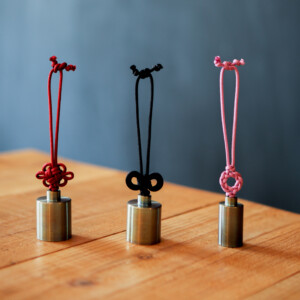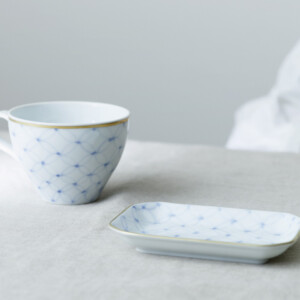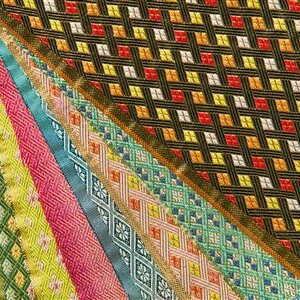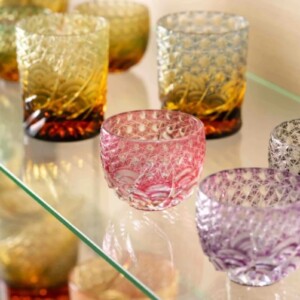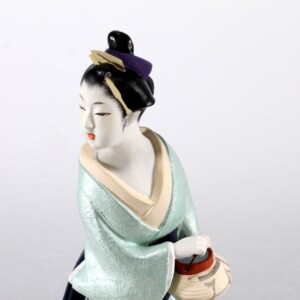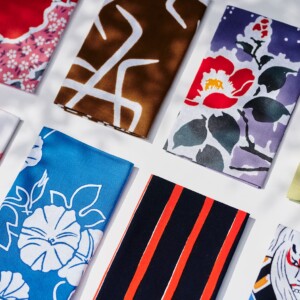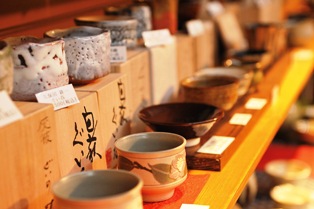
What is the history and characteristics of Kasama-yaki? The relationship with Mashiko ware is also introduced.
Kasama-yaki is one of the representative traditional crafts of Ibaraki Prefecture. It is also famous as the oldest pottery production area in the Kanto region. It is so popular that every year during the GW period, the prefecture’s largest pottery event, the “Kasama Pottery Fire Festival (Himatsuri),” is held.
Let’s learn about the history and characteristics of Kasama-yaki and the charm of Kasama-yaki. We will also introduce Mashiko pottery, which is closely related to Kasama-yaki.
What is Kasama-yaki?

Kasama-yaki is pottery made in the Kasama region of Ibaraki Prefecture. It is made from locally produced clay and is known as the oldest pottery in the Kanto region. Kasama City is famous for its pottery, and two events are held in the city: the “Kasama Pottery Festival” in the spring and the “Pottery and Life. Two events are held in the city.
In 1992, the city was designated as a traditional craft, and in addition to traditional methods, a new technique, “Kasama Ki-ki,” was developed, which is characterized by the increasing number of pieces that are adapted to the modern age.
History of Kasama Pottery
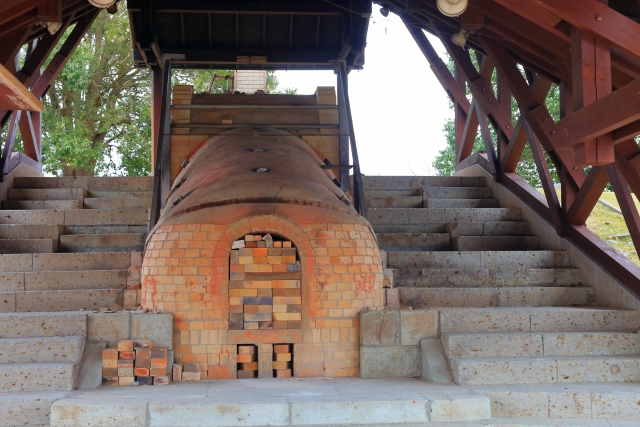
The history of Kasama-yaki can be divided into four major periods: the mid-Edo period, the Meiji period, the postwar period, and the present. Let’s take a look at the history of about 250 years.
Kasama-yaki originated in the mid-Edo period
Kasama-yaki is said to have originated in the mid-Edo period (1772-1781). It was first made by Kuno Hanemon of Hakoda Village (present-day Hakoda district of Kasama City) in the Kasama Domain, who opened a kiln under the guidance of a Shigaraki potter.
Later, potters who learned the techniques of Kasama-yaki spread them to the neighborhood, giving birth to “Kosunayaki” and “Mashiko-yaki.
The Meiji Era (1868-1912), a period of prosperity for Kasama-yaki
In the Meiji period (1868-1912), Kasama-yaki was protected as a kiln under the jurisdiction of the Kasama clan and began to produce daily necessities such as mortars and tea urns, etc. At the National Exhibition held in 1877 (Meiji 10), a Kasama-yaki tea urn won first prize and the name “Kasama-yaki” spread nationwide.
In 1889, the Mito Line was opened, making transportation by train possible, and Kasama-yaki spread throughout the country and enjoyed a period of prosperity. In addition to suribachi (earthenware mortar) and chatsubo (tea pot), various other products such as hibachi (brazier), yutampo (hot water bottle), and earthenware bottles were produced, and the number of technicians and potters increased.
Postwar period in dire straits
Kasama-yaki had been doing well, but after the war, the influx of plastic products caused a decline in demand that put the industry on the brink of a crisis unlike anything it had ever experienced before. The government saved the company from this predicament.
Ibaraki Prefecture established the Prefectural Ceramic Guidance Center, a ceramic complex, and the Kasama Pottery Cooperative Association in order to save Kasama Pottery. As a result, young potters gathered and Kasama-yaki was reborn from crude kitchen ware to craft pottery.
While retaining the traditional style, they succeeded in creating a freer production and climate.
Kasama-yaki today
Since its designation as a traditional craft in 1992, about 300 potters have continued to preserve the tradition of Kasama-yaki. Currently, in addition to traditional methods, one of the works that is attracting attention is “Kasama-hiki,” a type of fireware with enhanced heat resistance. The free style that allows people to enjoy both practicality and artistry is a key point that grabs people’s hearts.
The “Kasama no Hihimatsuri (Fire Festival)” held during the GW period attracts many people with nearly 200 ceramic artists, potters, and local dealers participating in the festival. If you are interested in learning more about the appeal of Kasama pottery, you are encouraged to attend the event.
Characteristics of Kasama Pottery
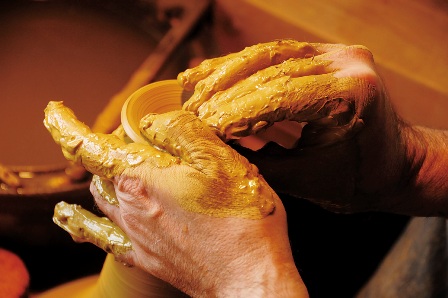
Kasama Pottery is characterized by its free and artistic style. Many young potters and aspiring artists visited the “ceramic complexes” and “kiln complexes” that were established to save Kasama-yaki from its plight. Even today, this trend remains, and most of the makers of Kasama-yaki are artists.
Therefore, there is no such idea as “this is how Kasama-yaki should be,” and each artist creates works of his or her own liking. Each piece has a different expression, and the high degree of freedom is a factor that attracts people. For this reason, we recommend that you touch several Kasama-yaki to experience the charm of each one.
Relationship between Kasama-yaki and Mashiko-yaki
Mashiko Pottery, famous in Tochigi Prefecture, has inherited the manufacturing process of Kasama Pottery, making it a sibling production area. Mashiko Pottery was born in the mid-Edo period when potters who learned the techniques of Kasama Pottery spread them to neighboring areas.
Because of the geographical proximity and close friendship between Kasama-yaki and Mashiko-yaki, they were registered as a Japanese Heritage Site as “Kasamashiko” (meaning “Mashiko” in Japanese). In addition to Mashiko pottery, there is also a close relationship with Hirakiomizu ware in Yamagata Prefecture and Osago ware in Tochigi Prefecture.
Conclusion
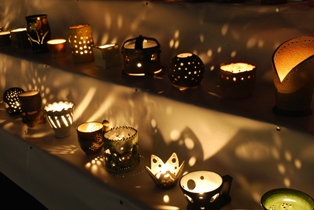
Kasama-yaki is a traditional craft representing Ibaraki Prefecture. It is characterized by a free style that changes expression from artist to artist, and is still loved by many people today. With a history of approximately 250 years, it is known as the oldest pottery production area in the Kanto region.
For those who want to experience the charm of Kasama-yaki, we recommend the “Kasama no Touhon Matsuri (Fire Festival)” held every year during the GW period, where nearly 200 potters gather and sell various types of Kasama-yaki. Please come and experience the charm of Kasama-yaki pottery.
Reference: Kasama City Official Website
Reference : History of Kasama Pottery|Kasama Pottery Cooperative Association



